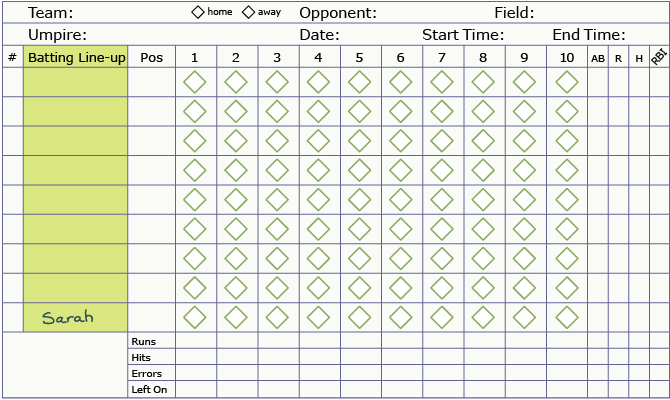Lesson 2
1. Lesson 2
1.10. Explore 6
Module 3: Permutations, Combinations, and the Fundamental Counting Principle
permutation: an arrangement of distinguishable objects in a definite order
For example, the objects a and b have two permutations, ab and ba.1
In the previous lesson you examined the number of ways 10 children could be lined up for recess. You discovered that the total number of ways, using factorial notation, was 10! or 3 628 800. The number of arrangements, also known as permutations, of 10 objects is 10!.
In general, you can say the number of permutations of n items is n! where n! = n(n − 1)(n − 2)(n − 3)…(3)(2)(1). The questions you have solved in this lesson and Lesson 1, where you calculated the number of arrangements of items, are also known as determining the number of permutations.

Stockbyte/Thinkstock
Permutation questions involve order. A, B, C would be considered a different permutation from B, C, A.
Consider the following example: A baseball coach is setting his batting line-up. Assuming all nine players can hit in any place in the line-up, in how many ways can the coach choose his line-up?

Digital Vision/Thinkstock
The coach has nine players to choose from for the first spot in the line-up. Once the coach has chosen a name to write down in the first place in the line-up, there are eight names to choose from for the second place in the line-up. Once a second name has been chosen, the coach then has seven names to choose from, and so on. This is a permutation question involving order, and factorial notation can be used to solve it.
9 × 8 × 7 × 6 ×… and so on can be written
as 9! = 362 880
What would happen to the number of permutations if the baseball coach wanted to put Sarah last in his batting line-up because the coach knew she was going to be late for the game? The other spots could be filled in any order.
In this case, the final spot would be filled in with Sarah’s name. There is only one way to fill in this last spot. That leaves the coach with eight more spots in the line-up to fill in with the eight other names. The coach has eight names to choose from for the first spot, seven names to choose from for the second spot, and so on.

The solution can be written as follows:
![]()
This is equal to 8! or 40 320.
Self-Check 5
Add the following terms to your copy of Glossary Terms:
- permutation
- factorial
For each new definition in your glossary, be sure to include the appropriate notation.
1 From PRINCIPLES OF MATHEMATICS 12 by Canavan-McGrath et al. Copyright Nelson Education Ltd. Reprinted with permission.